| Abstract | Globally, electrification of energy consumption is being presented as a major strategy to achieve carbon neutrality by 2050, and the use of heat pumps is being considered for heating public buildings. Meanwhile, due to the nature of their location, public buildings in the city cannot use renewable energy such as geothermal or water heat, so they have no choice but to use air source heat pumps. This may affect performance degradation due to the use of cold outdoor air in winter. This study combines a solar photovoltaic system capable of improving the air heat source with a heat pump system to determine the effect of improving the heating coefficient of performance of the heat pump through improvement of the air heat source in winter through long-term demonstration research..The applicability and economic feasibility of thermoelectric technology to prevent condensation that can occur at thermal bridges in buildings was analyzed through steady-state heat transfer analysis using THERM 7.8 and energy consumption analysis using thermoelectric element regression equations. The annual energy was analyzed to be a maximum of 70.17 kWh per household, and when converted to electricity costs, it was calculated to be approximately 8,420 won. By applying thermoelectric technology, which can respond quickly and flexibly in a variety of environments, to the anti-condensation system, excellent effects were achieved in both environmental and economic aspects. |
|---|
